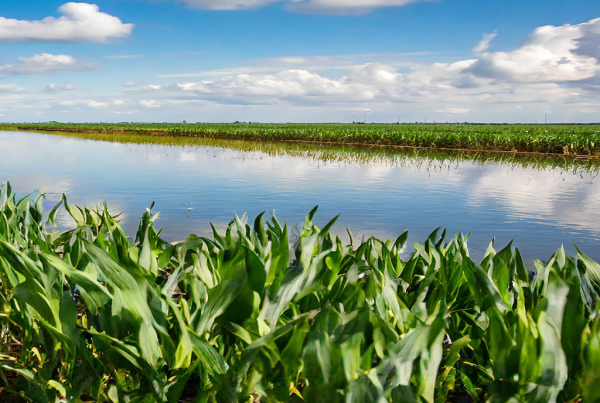
The amount of snow accumulated during winter in mountain regions has a critical impact on the water resources available during cropping seasons, with Northern
Italy and the Alps being a clear example of this relation. Optimizing both energy and water resources is crucial in light of the drought crisis of recent years, which
necessitates improving the accuracy in monitoring the snowpack water content as Snow Water Equivalent (SWE). As this task is particularly critical and dangerous if
snow coring needs to be performed by human operators in high altitude and remote zones, computational models have been developed to derive SWE estimations
from snow height measured by nivometers, satellite observations and meteorological data. Recently, the development of new types of proximal sensors based on
Cosmic Rays Neutron Sensing (CRNS) technology has opened the possibility of continuously providing SWEmeasurements in remote sites.








